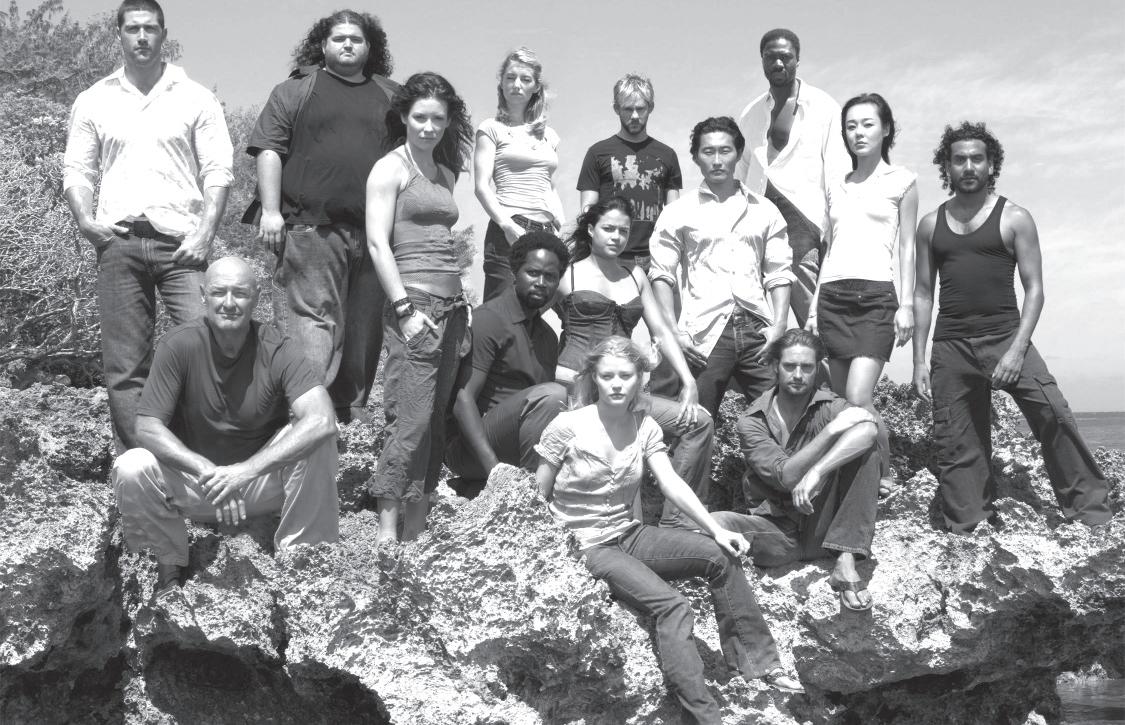
3 minute read
New Curriculum deepens students’ commitment to social justice
LIZ GARRETT STAFF WRITER EGG722@CABRINI EDU
Cabrini College will pilot courses for the new core curriculum this fall. Engagements for the Common Good (ECG) seminars provide an entirely fresh, new way for Cabrini students to enrich their educations.
Advertisement
The ECG seminar pilots consist of a freshman 100-level, a sophomore 200-level and a junior 300-level course. ECG 200 and 300 will be piloted in fall 2009 and fall 2010. Faculty from all departments at Cabrini will be teaching these classes.
“No other university in the world has three core courses focused on social justice,” Dr. Jerry Zurek, professor and chairman of the communication department, said. Zurek will be instructing ECG 100 for freshman this coming fall.
This change in the curriculum hopes to deepen Cabrini students’ commitment to social justice. The courses will be partnered with community groups such as those in nearby Norristown, Pa. In addition to these local partners, the college will work with an international partner, Catholic Relief Services. The Wolfington Center at Cabrini will facilitate the partnerships.
While some ECG pilots will be focusing on their contributions and partnerships with cities in the region, professors such as Zurek intend to deal with the pilots that connect with people globally.
The Cabrini faculty want students to address the causes of problems that currently are treated with charitable acts. Students will explore ways to change the endless cycle of soup kitchens. In addition to service and helping to keep the soup kitchens running, students will learn ways by which people can make a difference by addressing long-term solutions.
The new curriculum will start to incorporate this type of thinking beginning with freshman. Cabrini’s aim is to expose students to the ways in which social classes and groups are in competition but also can be in solidarity. The courses will study the breadth of society from one end of the spectrum to the other, the rich to the poor.
An example of this type of understanding of social differences occurred this past summer and fall when new students read the book “Limbo: Blue-Collar Roots, White-Collar Dreams” and met the author, Alfred Lubrano.
All of the new classes are writing intensive. Freshman will be expected to focus on the common good, the individual and to examine the communities they are a part of. They will be relating the theory of social justice to their own lives.
Sophomore year will stress the core values of respect and community partnership. They will go out into the community the way juniors in SEM 300 now do. Sophomores will directly work with people from the area who have broken lives. They will be challenged to figure out which laws and structures need to be changed in order to improve these people’s way of life.
Juniors will be asked to use their advanced skills to do indepth research and advocacy projects. According to the needs of the partners and the student’s skills, students will produce research needed by the partner, create videos or other types of multimedia to enlighten others about the ideas of social justice, or lobby legislators to affect legislation and policies. They will become experienced by using the abilities of their future professions to help improve the lives of people in surrounding communities. Juniors will be challenged to ask, How can Cabrini affect, change, and build with communities regionally and globally?
Once these students reach their senior year, they will plan on making commitments to social justice in their careers and for the rest of their lives. These concepts go much deeper than typical community service. The objective is to have students show a growing commitment and understand what it means to practice social justice. It is also getting students to think about the difference between community service and social justice.
This new curriculum is going to embrace what the college has taught these 50 years and contin- ll./· 1 llo f'd f1e1 O Of t/. e,i/ /J I/ ,;,, ll ues to teach, according to Dr. Lisa Ratmansky, director of the Center for Teaching and Learning. Cabrini’s staff has spent a great deal of time combining ideas to make this change in the curriculum.

“The faculty is really excited about this and extremely encouraged by how involved the stu-
Ip, .,'lit~/ tes t le,y ll ll C!Jl) lh,~ PPr IIJ,111 • I, r,'e:,, ' he IJr:f s /Jha }'r11,., ,,,,, Ii ,,, 4'/Jj t?t11z :Ore :f-111,l' ,517.(! d lo// I ~'''rl de Ch (IJ C-0111, err,/Jh or(' f'\fr l11;1 IJ{s d e fa e1,1 ils;7. flbri, ~lifr ' "'" e,,e CiJJt ore
11 """ de/Jih·•flile fop 1/'st1•;0.,. ,1i,. he,,."'%. lib l!sI
/!IJ(J(! llbii bru kti each ese Ve~, t OIJf..1/ r. Sh era,IJ.,, on,led S/ud 91Ja111_o hetp p, are a. f!duc '!fe 111 Ofl/ d 'es. ·''"· Or {Ji.
Col// ilfecJ • lfi1n Ovel
Ii (•, ha. ''e I.<; Pu llJolJ lllua a 1//a.op~ in de l'fJo co1• en1 ~or. • ore C "'elo Se th e or k &hou1. ear1i 'lh1, ,. "'ric'/:i'd. ·ifc,b,, """'•"" '''" ,f c-o,, ltdi11 /JJlJ R llbrjn. lJ1 41e f!e. t·o in t1.w, I e co g h.<;t i ead;
• WJ.·
1 st i" ~
Urse f!d. s Us ngl. ege "' /,
Coft IJ/ty r, ,., dents will be by learning about core values,” Ratmansky said. “It matches the mission of our school. This is an embracement of where the college’s values are now, and taking it to the next level by having education benefit others.”








